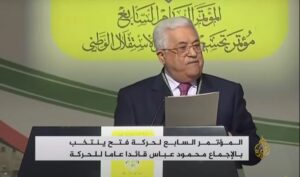After more than 80 days of fighting, the IDF’s assessment is that gaining control of the Khan Yunis area could take several months unless the military elite of Hamas is effectively targeted.
Hamas’s new fighting style involves small squads operating from a network of tunnels, launching surprise attacks, using anti-tank missiles, RPGs, explosives, and snipers.
The IDF, caught off guard by the extensive tunnel system, faces difficulties in controlling it.
Intelligence suggests that the tunnel network exceeds 500 km, with thousands of shafts in the area. Destroying these tunnels requires importing significant quantities of explosives from abroad.
To counter this challenge, the IDF is considering accelerated evacuation of the Palestinian population from the Khan Yunis area and shifting to targeted commando raids based on precise intelligence.
However, the IDF is constrained by political orders to remain above ground to combat the tunnel threat.
The primary focus remains on locating and eliminating the military leadership of Hamas, particularly Yahya Sinwar and key figures like Muhammad Sinwar, Muhammad Def, and Marwan Issa.
This targeted approach is seen as a strategic achievement that could impact the course of the war, boost IDF morale, and enhance international legitimacy for the operation.
Looking ahead, the IDF aims to occupy the Rafah area and the “Philadelphia Corridor” along the Egypt-Gaza border, a region riddled with tunnels used for smuggling weapons.
This operation requires coordination with Egypt and the evacuation of around a million displaced persons near Rafah.
The objective is to prevent Hamas from maintaining any governmental outpost in the Gaza Strip.




